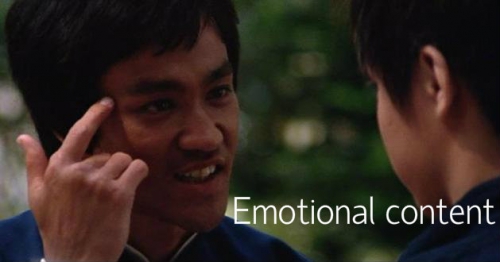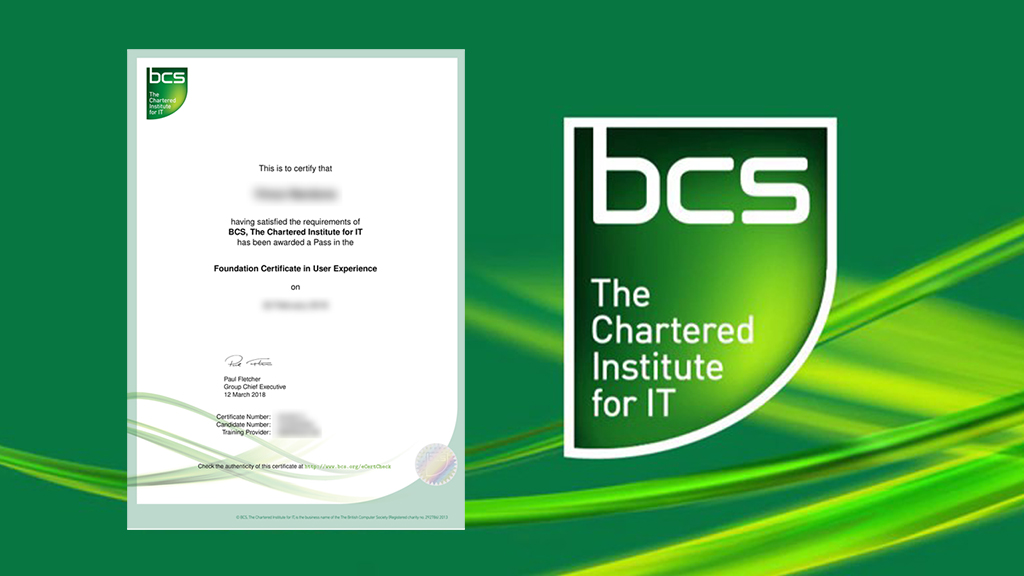0 What Bruce Lee Teaches Us About The Way Users Think
- Articles
- by Vince
- 01-06-2020

"Don't think! Feel. It's like a finger pointing at the moon. Don't concentrate on the finger, or you will miss all that heavenly glory."
Neuroscience
Part of the reason the student in this very famous film scene struggles lies in neuroscience.
In this branch of “brain science,” there are two types of thinking:
System 1 Thinking is reactive; where emotions, habits, and intuition are the dominant traits...
- Fast
- Automatic
- Frequent
- Emotional
- Stereotypic
- Subconscious
System 2 Thinking is analytical; deliberate, factual, and logical...
- Slow
- Effortful
- Logical
- Calculating
- Conscious
- Infrequent
When Bruce tells the student "Don't think! Feel." he is instructing the student to use System 1 Thinking which is much quicker.
The student is somehow made to relax by the words of Bruce when he says; "We need emotional content." pointing at his head to signify to the student to use System 1 Thinking.
The student tries again and learns how to switch systems thinking and is amazed by what he has learnt.
The student learnt how to use System 1 Thinking to kick quicker.
The Way Users Think
When asked a question, most users will answer with System 2 Thinking because they are “on the spot” or “don’t really know,” so it’s easier to answer with deliberate and logical answers, i.e., knee-jerk reactions.
As we work on a project or win new work, we accept these answers because we don’t want to question the customer.
The problem is, most people spend the majority of their time using System 1 Thinking.
When someone enters into their world and starts asking questions, they are thrown off, and they answer with System 2 Thinking, leading to answers that are contradictory to their true, real needs.
Do Not Listen To Users
User Interviews, User Observation, Shadowing and Usability Testing will continue asking questions until we reach the actual underlying needs of the user, and we know we have concluded that when we are dealing with emotions, motivations, and needs.
At this stage, we have moved far beyond listening to the customer.
We do a huge disservice to users and clients by acting on what they say. Instead, we should seek to better understand what they are actually trying to convey or get done.
This is one of the reasons why User Research matters and why we should go beyond the surface and try to uncover the true needs, wants, and motivations that will drive superior results.
Don't think what the user is thinking! Feel what the user is feeling.
Emotional content.
Here is the famous scene from Enter The Dragon...
